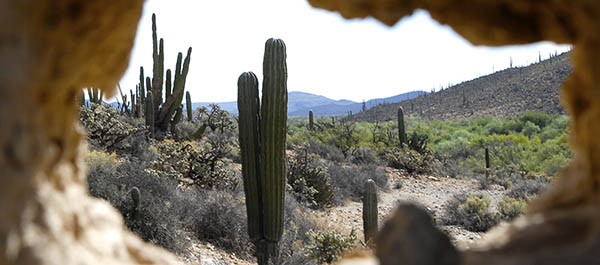
Read Parts I, II, and III of the 2009 KLR Baja foray here!
When the Transpeninsular Highway continues south after leaving El Rosario, it crosses a long bridge across the dry Rio El Rosario and then winds into the mountains on the northern edge of the Valle de los Cirios. The wilderness starts here, and it is awesome. I love this area. It’s the first place you encounter cardon cactus and the cirios. These things grow only in Baja (you won’t find them anywhere else on the planet). The Cardon are the giant cactus that look something like the saguaro cactus in Arizona, but the cardon are much, much larger. The cirios are the weird-looking thin shoots that grow to heights of around 30 or 40 feet (maybe even more). Someone once wrote that they look like a plant that Dr. Suess would have designed, and I think that’s a good description. They have this kind of weird, whimsical, goofy look…the kind of thing one might create when under the influence of, well, whatever your preferred mind-altering substance is.
I grabbed a few shots of our KLRs a few miles into the mountains. You can see the cardon and the cirios in the background.
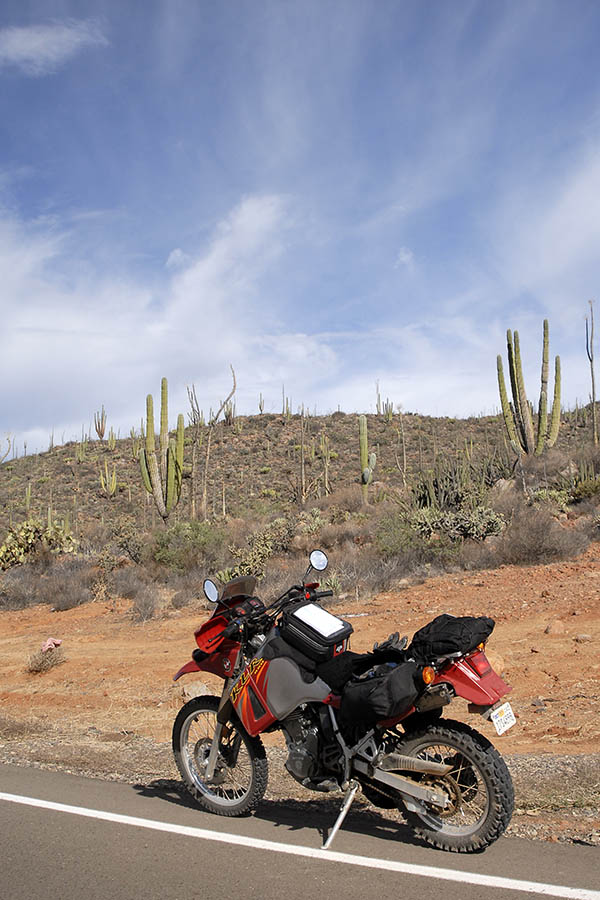
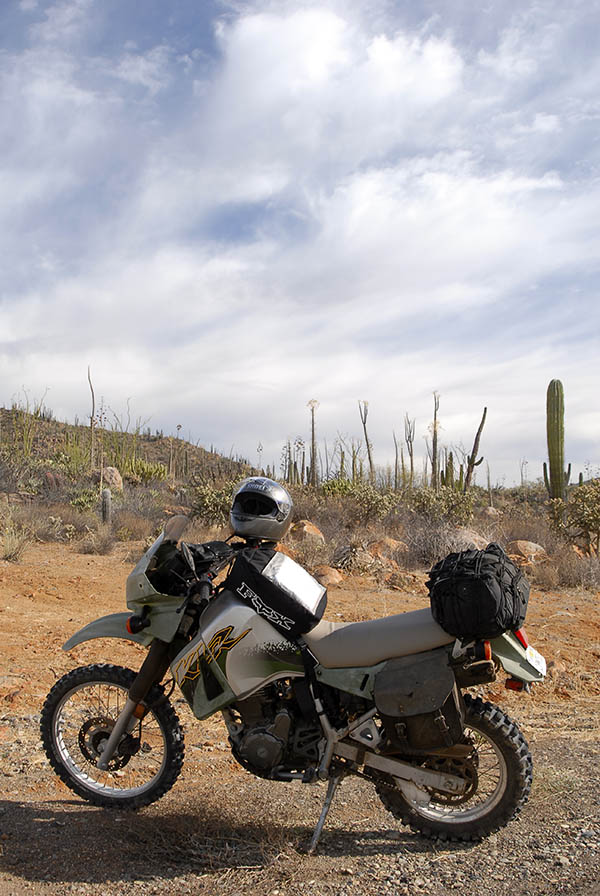
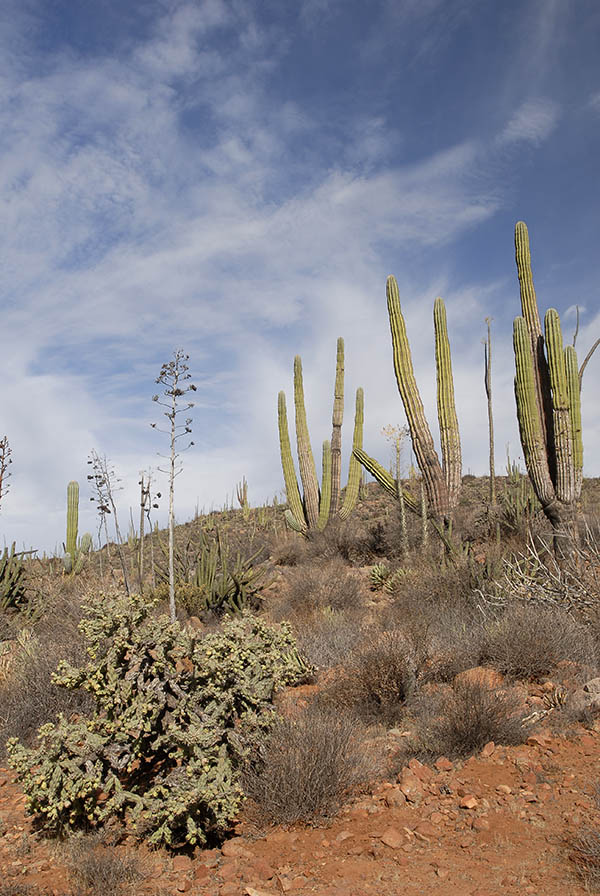
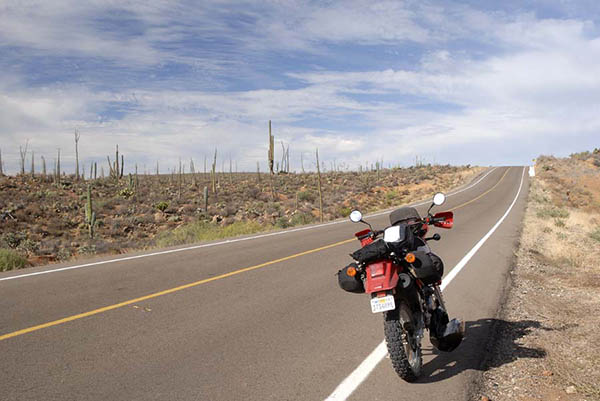
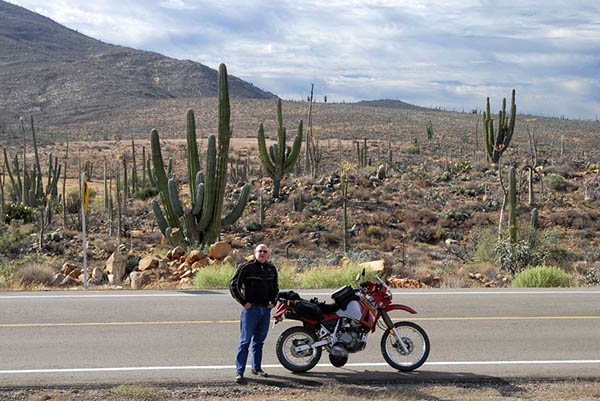
After rolling along the highway a few more miles, I saw something out of the corner of my eye on the road. At first I wasn’t sure, and then as I was playing back the image mentally, I decided I needed to turn around and take another look…

Wow, that was one monstrous tarantula! We parked the bikes and started taking photos. This spider was easily double the size of the tarantulas I’ve seen in California.
John got down in front of the tarantula. He squatted to get a closer look, and then something wild happened. The spider ran straight at John. We were both shocked at its speed. They normally seem very deliberate and slow, but I have to tell you, that one moved terrifyingly fast.
John jumped up, screamed, and propelled himself backwards faster than a Democrat mistakenly wandering into a Trump rally. John was paddling backward so fast he looked like an old Warner Brothers roadrunner cartoon.
We both laughed after it happened. Here we were, two guys old enough to know better, screwing around with a ginormous tarantula in the middle of the Baja peninsula, laughing like a couple of kids. Baja does that to you.


I think I already mentioned that I had my Nikon D200 on this trip and an older (non-VR) 24-120 Nikon lens. I mostly shot at f/8 (the 24-120’s sweet spot) in the aperture mode, which is a mode that works well for me. I also had the 12-24 Tokina wide angle lens along for the ride, but I never even mounted it on the camera. The 24-120 is not a macro lens, but it did an acceptable job here. The Tokina lens does a good job, too, but the 24-120 Nikon was handling everything for me on this ride.
Our next planned stop was the Mission San Fernando Rey de Espana Velicata. We almost didn’t go. I had been spooked by the dogs, and I told John the night before that I wasn’t too keen on rolling through any more little villages with dogs. John waited awhile and casually mentioned that he really wanted to see some of the sights accessible only by dirt roads. I acquiesced and I’m glad I did. We saw some amazing things…things we wouldn’t have seen if we hadn’t wandered off road.
Further down the Transpeninsular Highway, we saw the sign for the Mission San Fernando Rey de Espana Velicata and a dirt road veering off to the west. I took the turn first, and son of a gun, a dog materialized out of nowhere and started chasing me. This time the dog was so small it was funny. It was a little Chihuahua, and he looked anything but threatening. The little guy was behind me yapping up a storm and I was enjoying the chase. Those little legs were pumping for all they were worth and he still couldn’t keep up. It was me, the Chihuahua, and John (in that order) rolling down this dirt road. The pup was struggling to keep up, barking all the while and trying his best to be intimidating. I could hear John laughing behind me. I should have grabbed a picture.
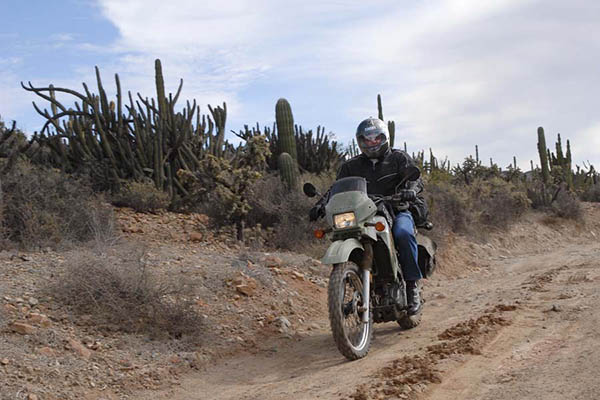
The Mission San Fernando Rey de Espana Velicata was the only one in Baja founded by the Franciscans (the Jesuits did all the others). It only lasted from 1769 to 1818. It was built to convert the local Cochimi Indians to Catholicism (that was how it was advertised; basically, the missions were labor camps with a touch of that old time religion). Unfortunately, the Spaniards brought diseases for which the indigenous people had no immunity, and disease soon ravaged the area. The entire mission system in Mexico ended in the early 1800s, when Mexico gained its independence from Spain. It’s not a pretty story, but there’s a history here and it’s intriguing to visit these ancient places (especially when they are well off the beaten path).
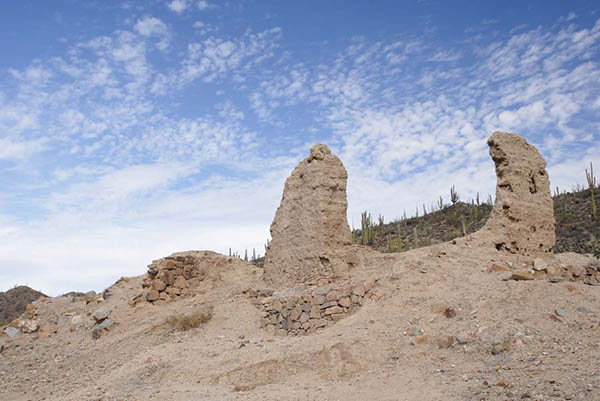
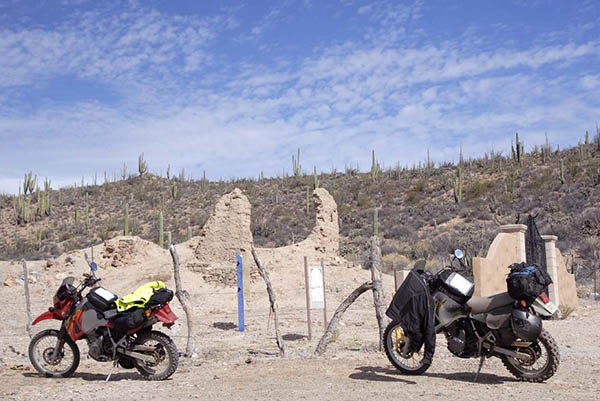
The place was amazing. I’d seen the sign and the dirt road to get to the mission on each of my prior Baja visits, but I had never been to see it. Getting there and taking it all in was fun.
After visiting the Mission San Fernando Rey de Espana Velicata, we rolled south along the Transpeninsular Highway a few more miles and took another dirt road (this time to the east) to see the ruins at El Marmol. El Marmol was a world-famous marble and onyx quarry 50 years ago. Like the mission, we’d seen the signs for it on our earlier travels through Baja, but we had never made the trip out there to see it. I always wanted to see what El Marmol was all about, especially after reading about it in several Baja references. Carole Lombard had a bathtub made from El Marmol marble, you know.
The ride out to El Marmol was exciting. The road was rough and had deep sand in several spots. My friend Bob had previously told me that the best way to take this stuff was at high speed, and that’s what we did. It made an enormous difference. I could see the rough road beneath me, but the KLR’s long-travel suspension let me fly over it. It was almost an out-of-body experience. I enjoyed it. I was in the zone, and suddenly, we were there.
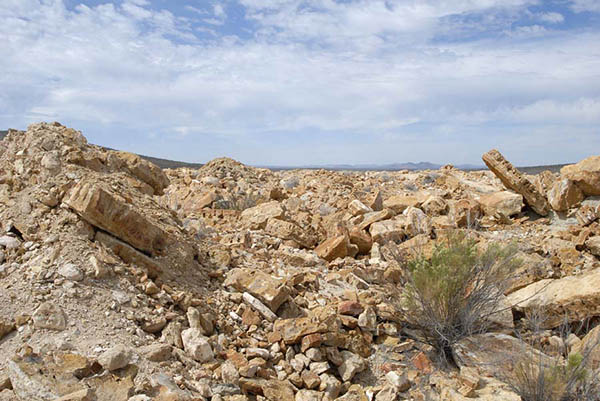
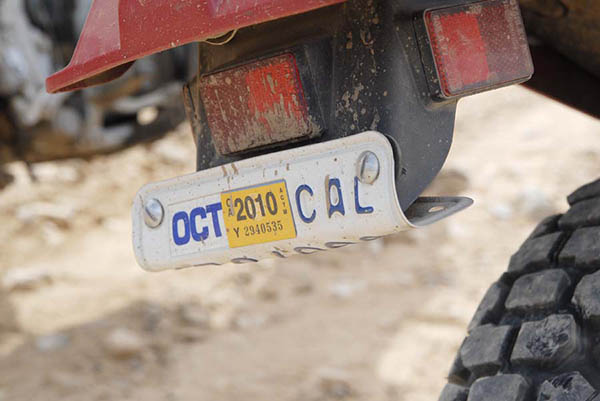
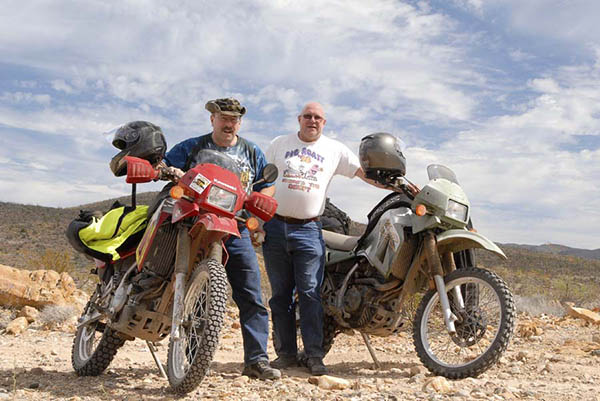
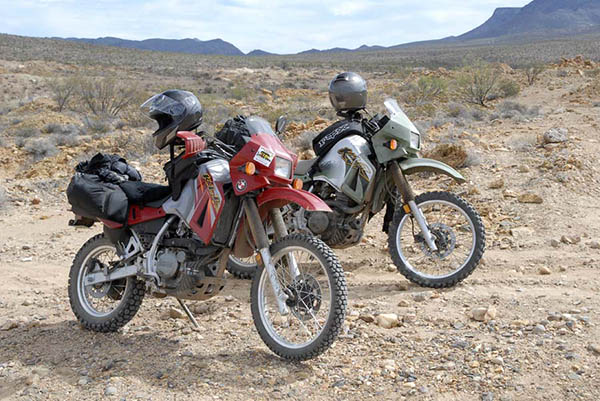
We stopped for a break on the way out of El Marmol where the dirt road rejoined the Transpeninsular Highway. We had a good conversation with Jose, a police officer from Catavina who consented to a photo.
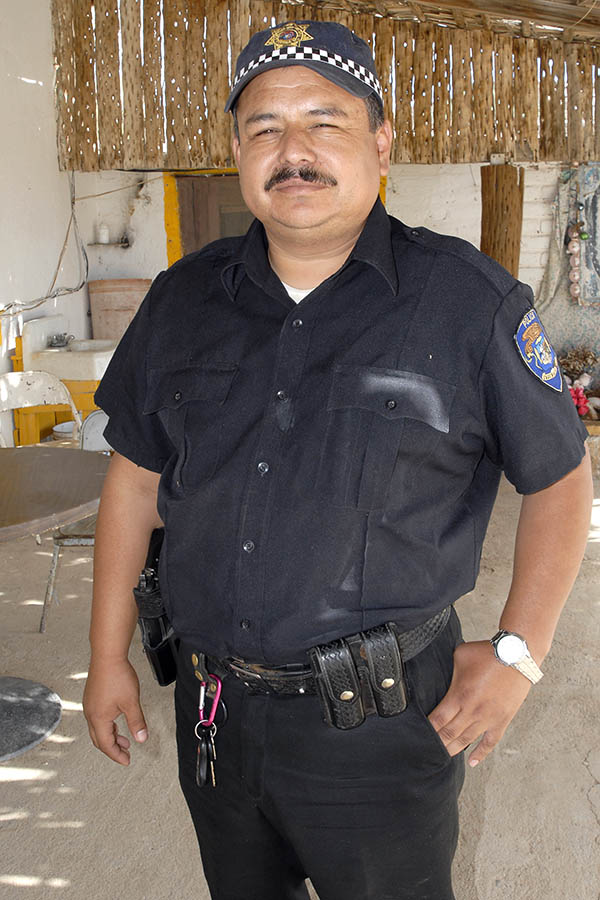
There were two dogs hanging around the place watching John, Jose, and me. They seemed friendly enough when John gave one of them a snack. Then we got on the motorcycles and it was as if someone had flipped a switch. The dogs instantly turned mean, snarling and going after John, who was accelerating sharply way (a relative term, to be sure, when you’re on a KLR). There’s a rule in Mexico, I guess. If you’re a dog and you see a guy on a motorcycle, you’ve got a reputation to maintain. This time, though, both dogs went after John and ignored me. They chased John all the way back to the highway, with me following. Hey, that’s was okay by me. I’d already earned my combat pay.
The dogs chasing John, though, didn’t seem to have their hearts in it. They were chasing John like it was part of their job description and the boss was watching. Going through the motions. Phoning it in. You know the drill.
I thought about that as we continued south. I reasoned and hoped that as went further into Mexico (and we were about 350 miles into Baja at this point), the dogs might be nicer. Our next destination was Guerrero Negro, 500 miles south of the border. We would soon find out.
Check out our other Epic Motorcycle Rides, and watch the ExNotes blog for the next installment of the Baja KLR Khronicles!
Like what you’re reading? Sign up for our automatic email updates, and you’ll be eligible for our quarterly drawing to win one of our adventure motorcycle books. Want to read about our other Baja motorcycle adventures? Order your own copy of Moto Baja here!

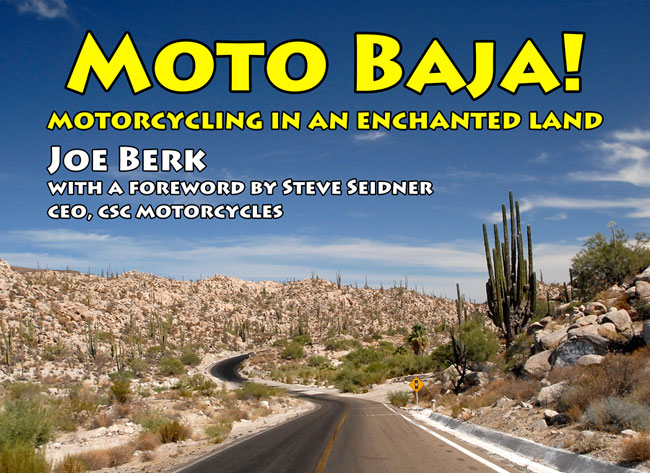
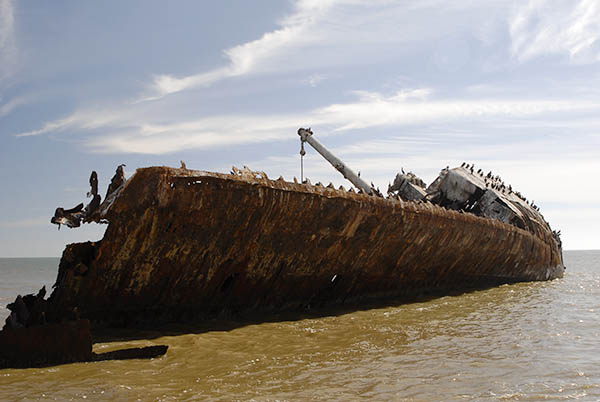

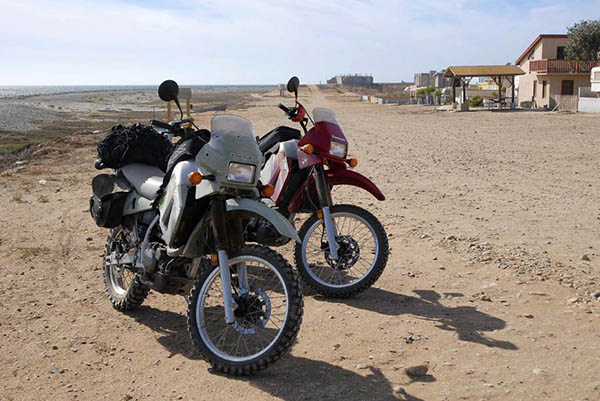
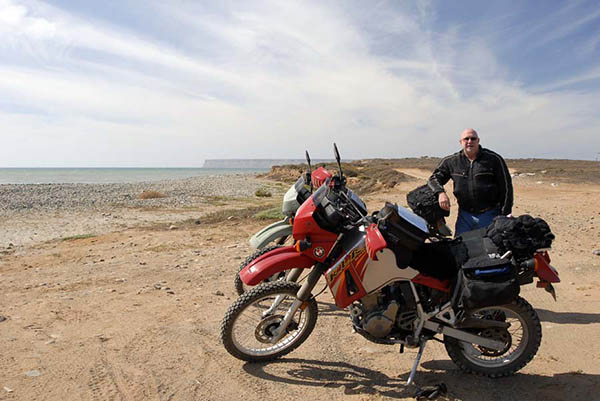
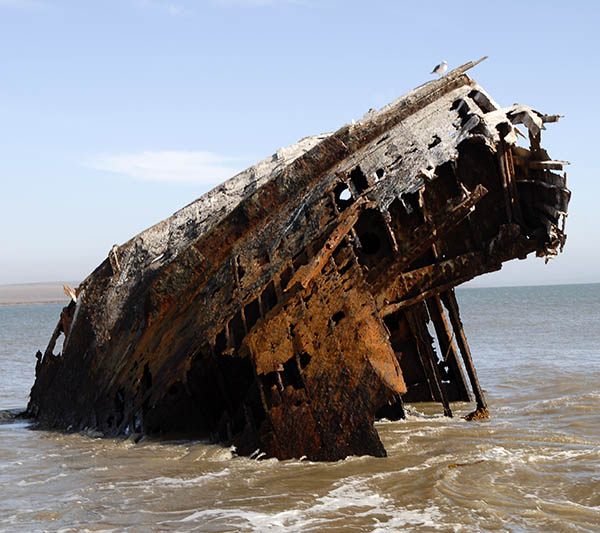
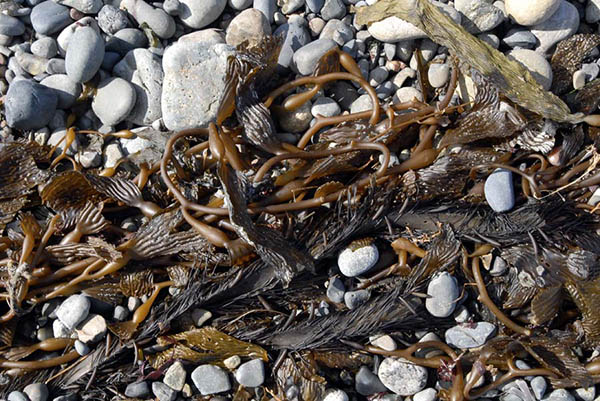
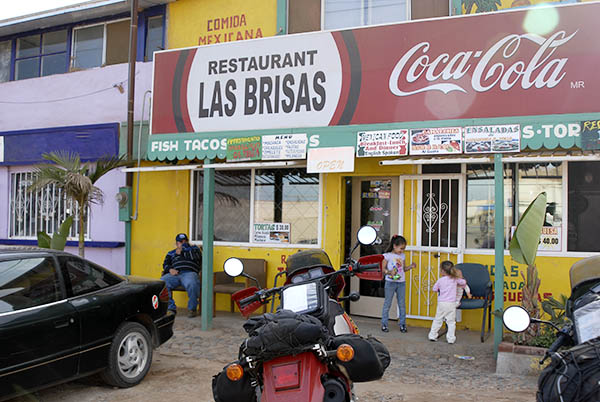
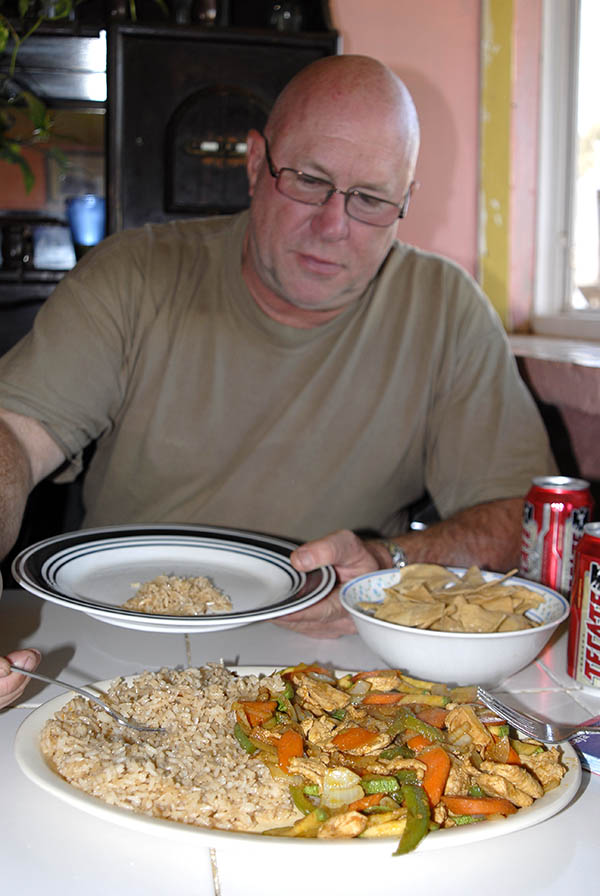
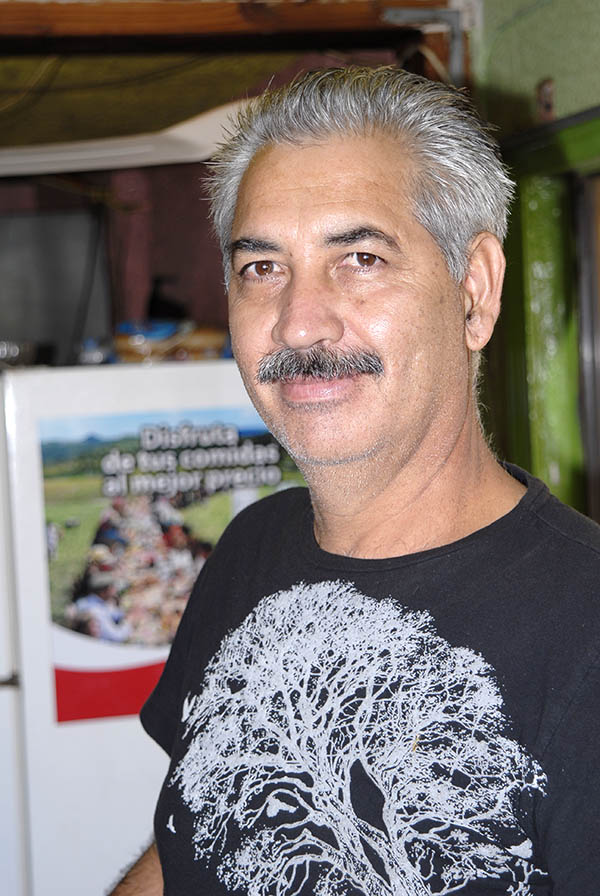

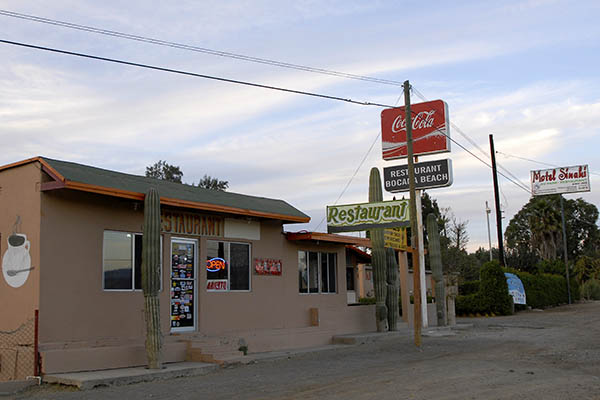
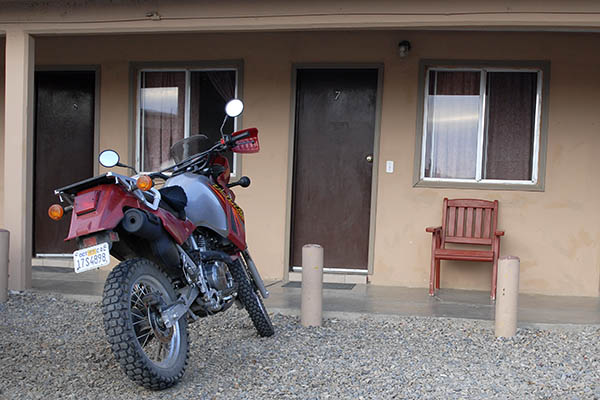
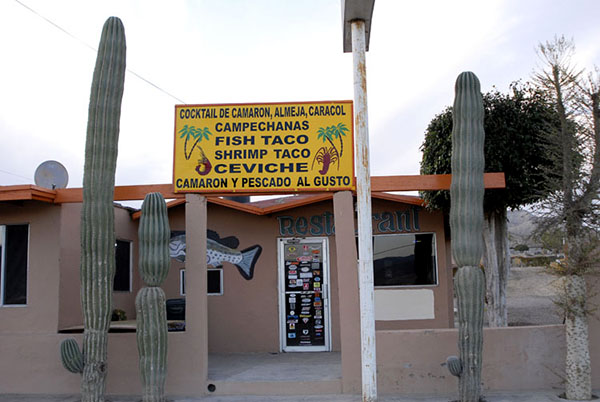

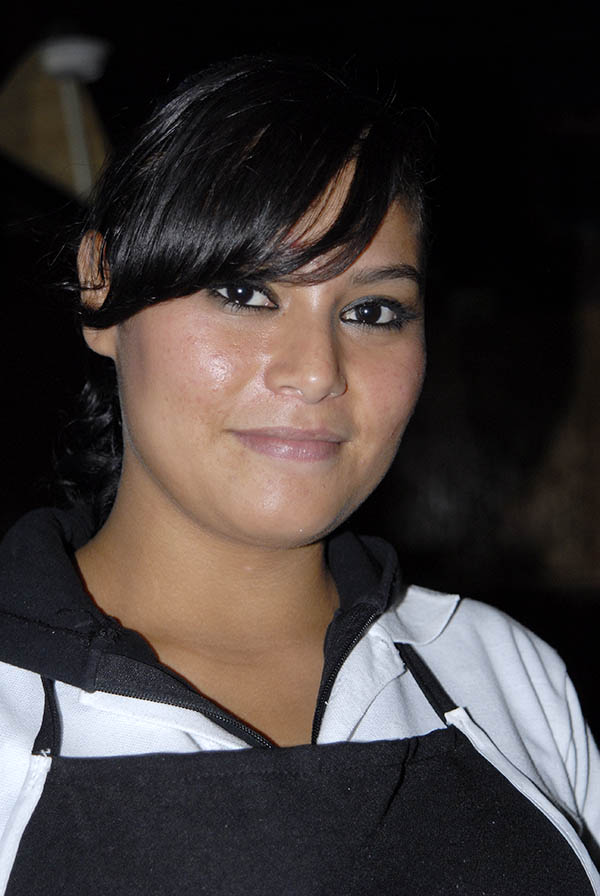
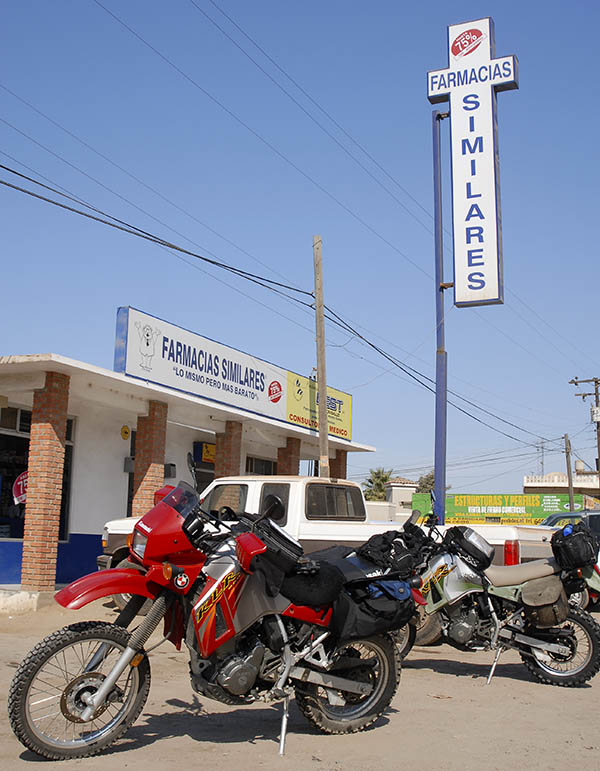
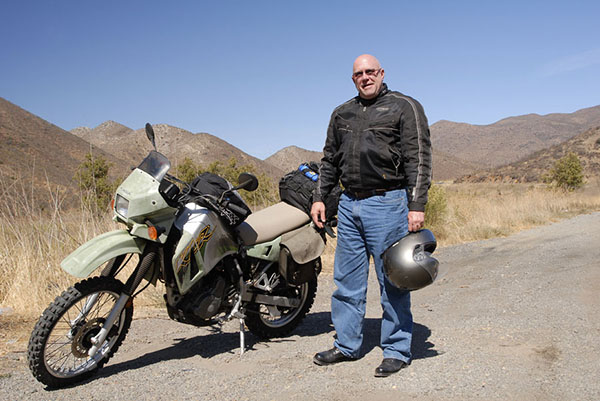
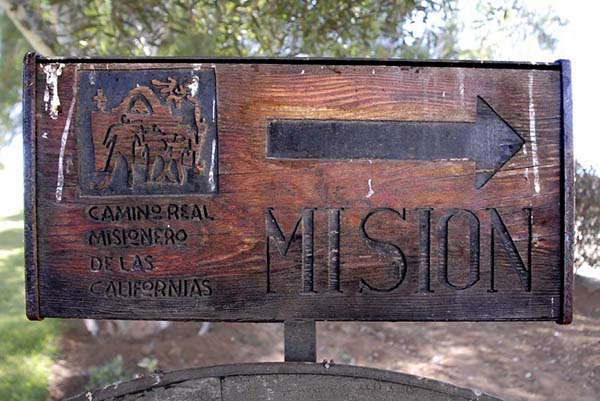
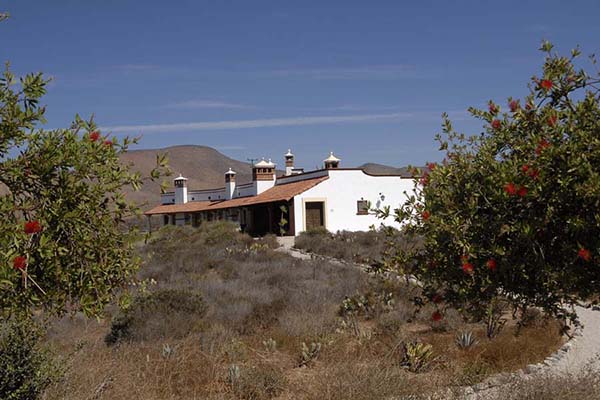
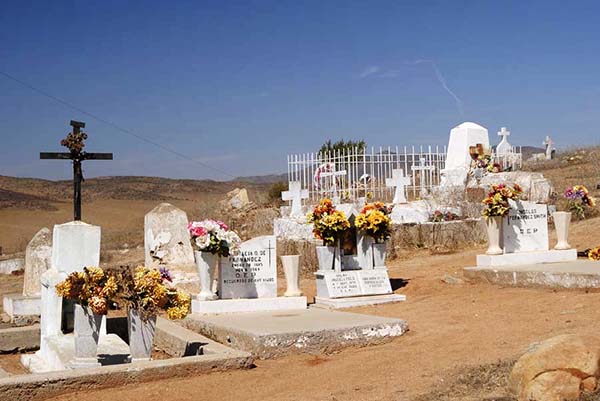
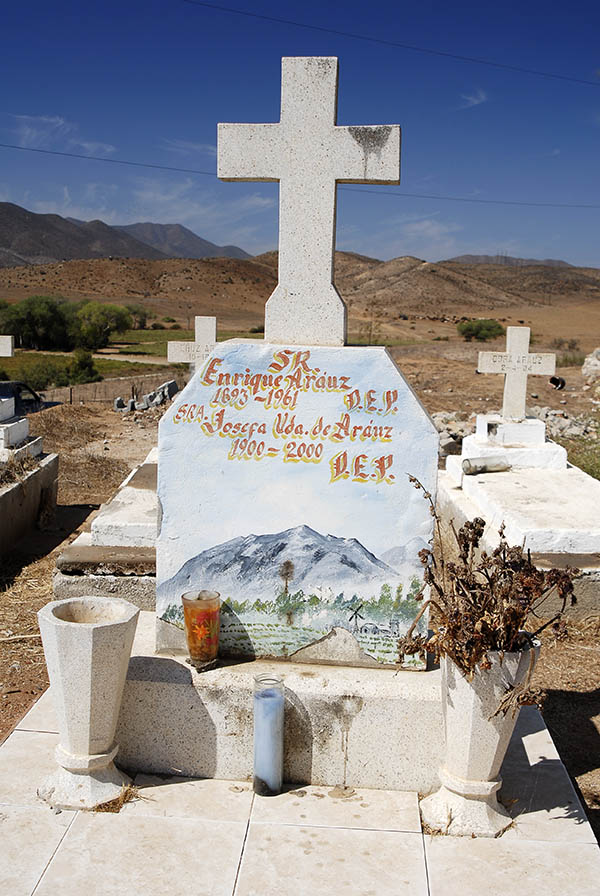
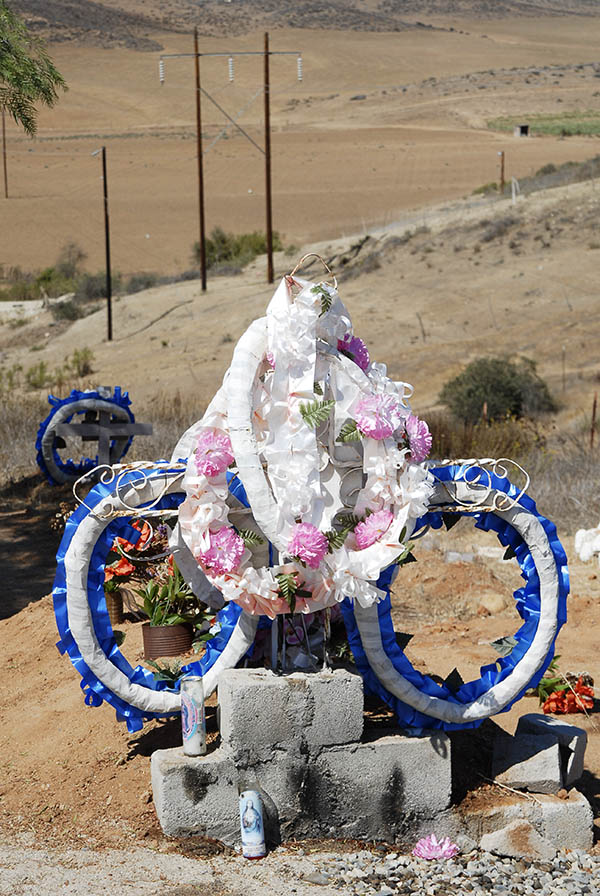
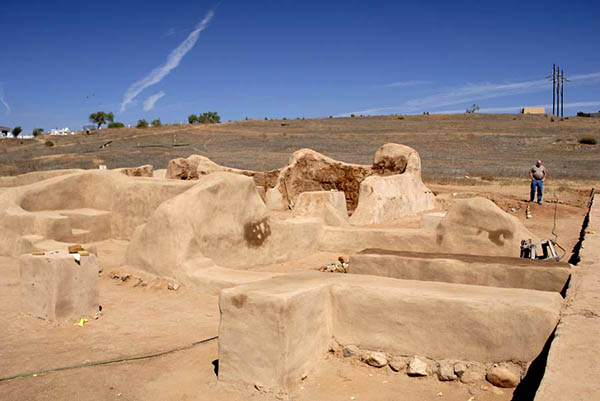

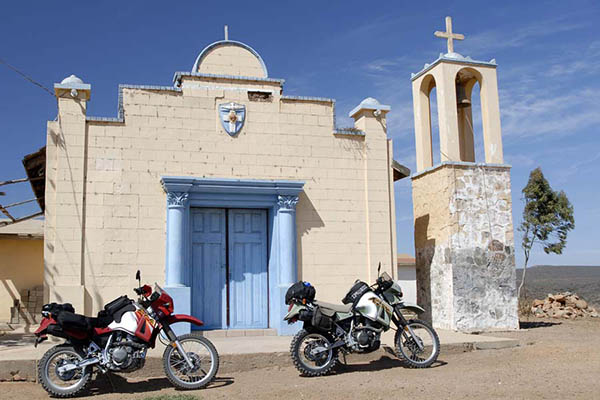
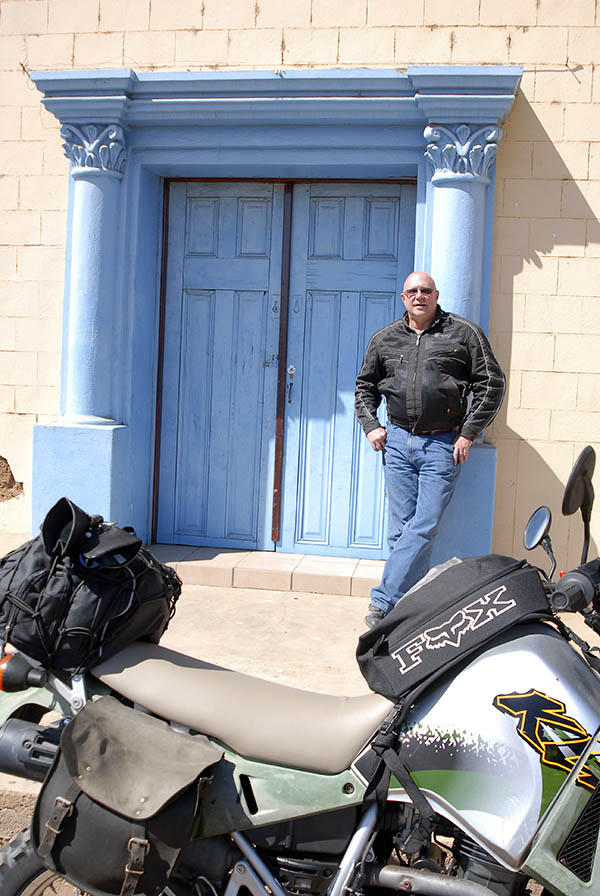
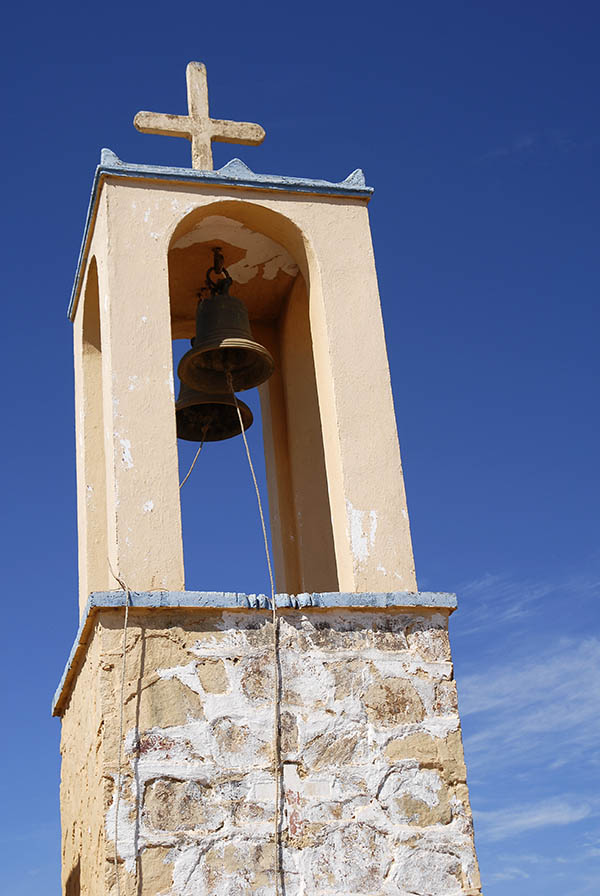
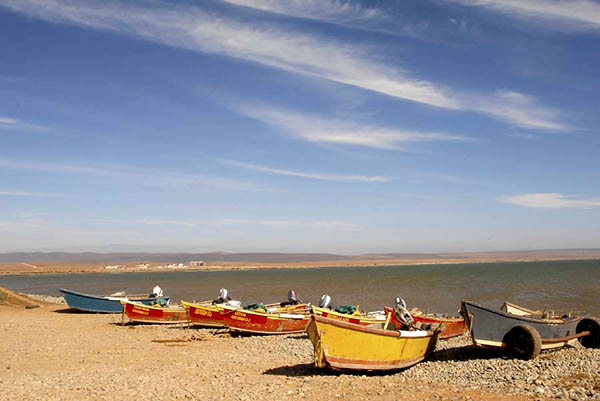
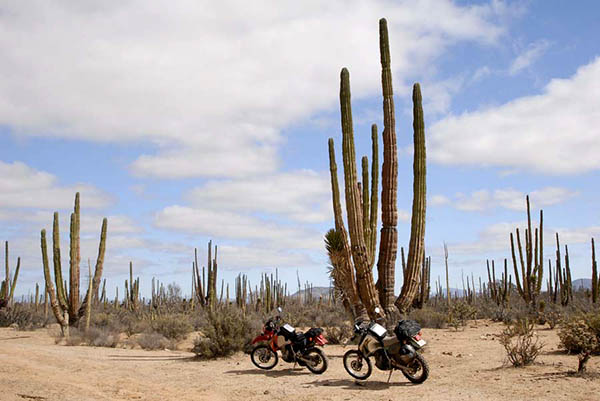
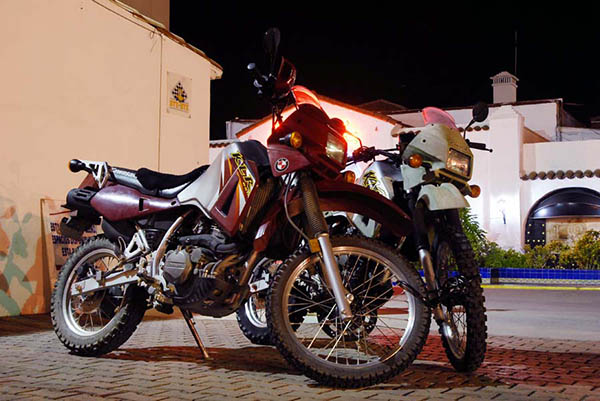
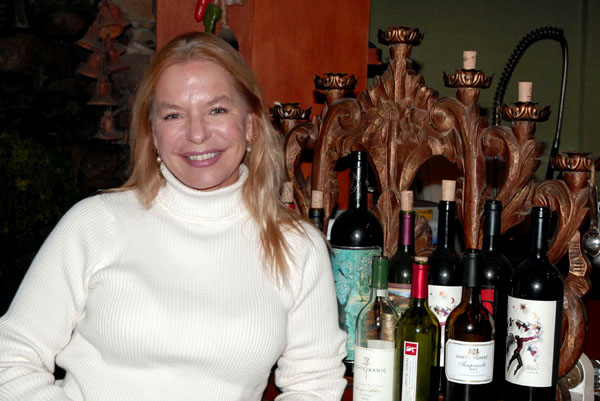
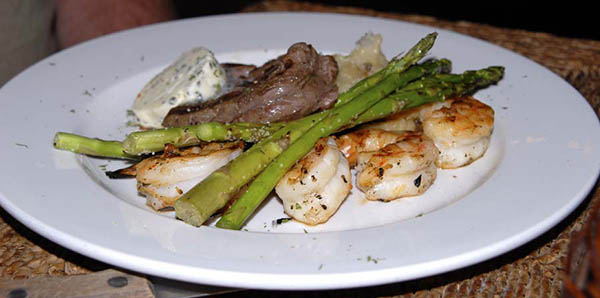
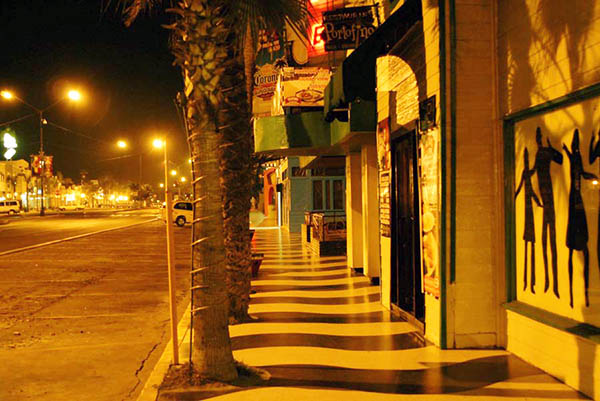
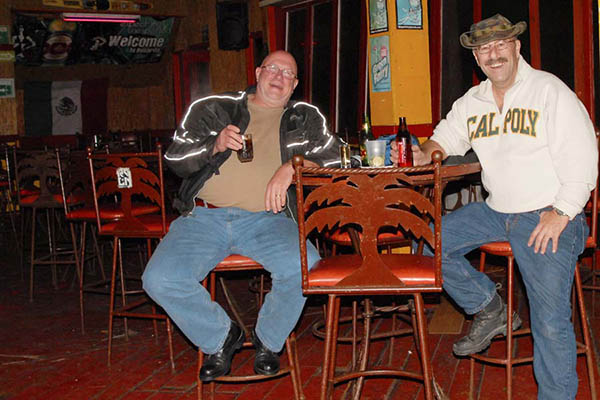
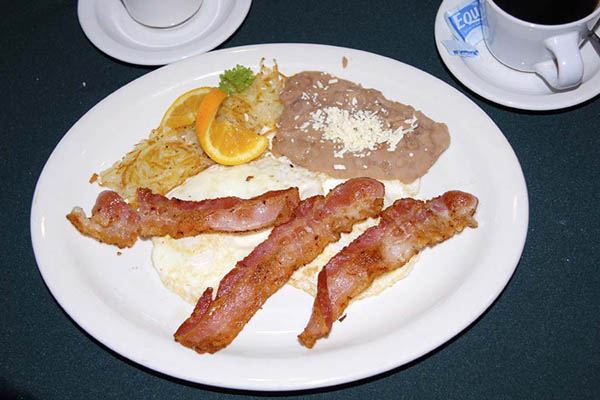
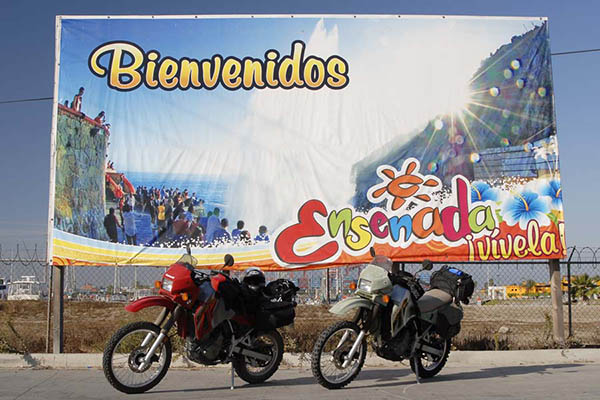
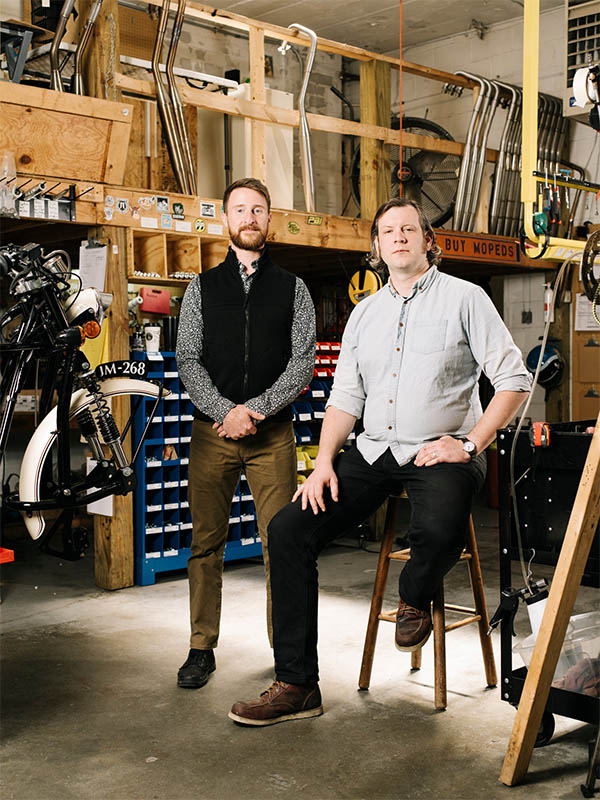
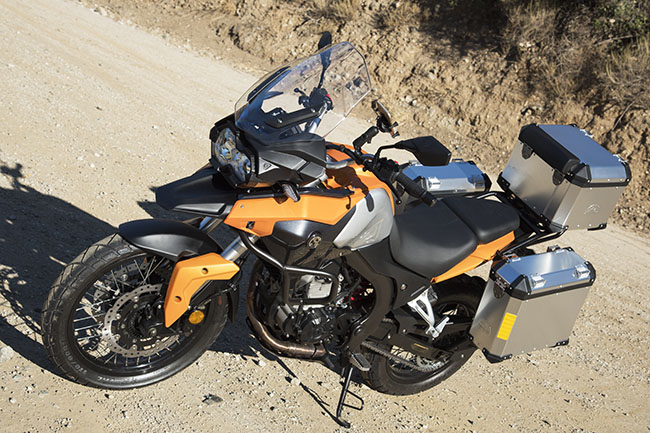
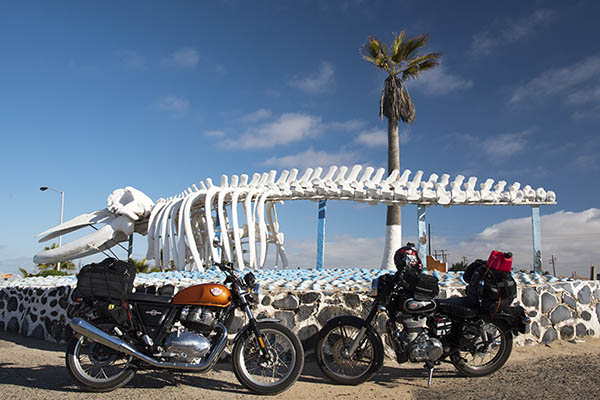
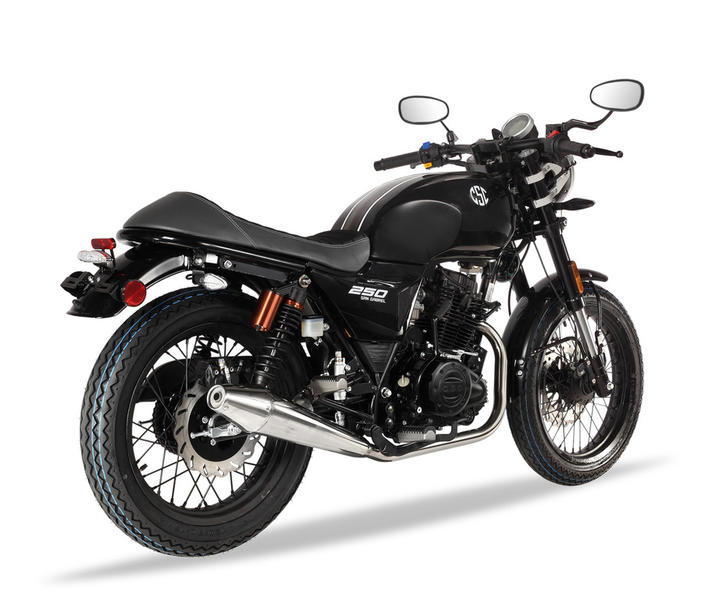
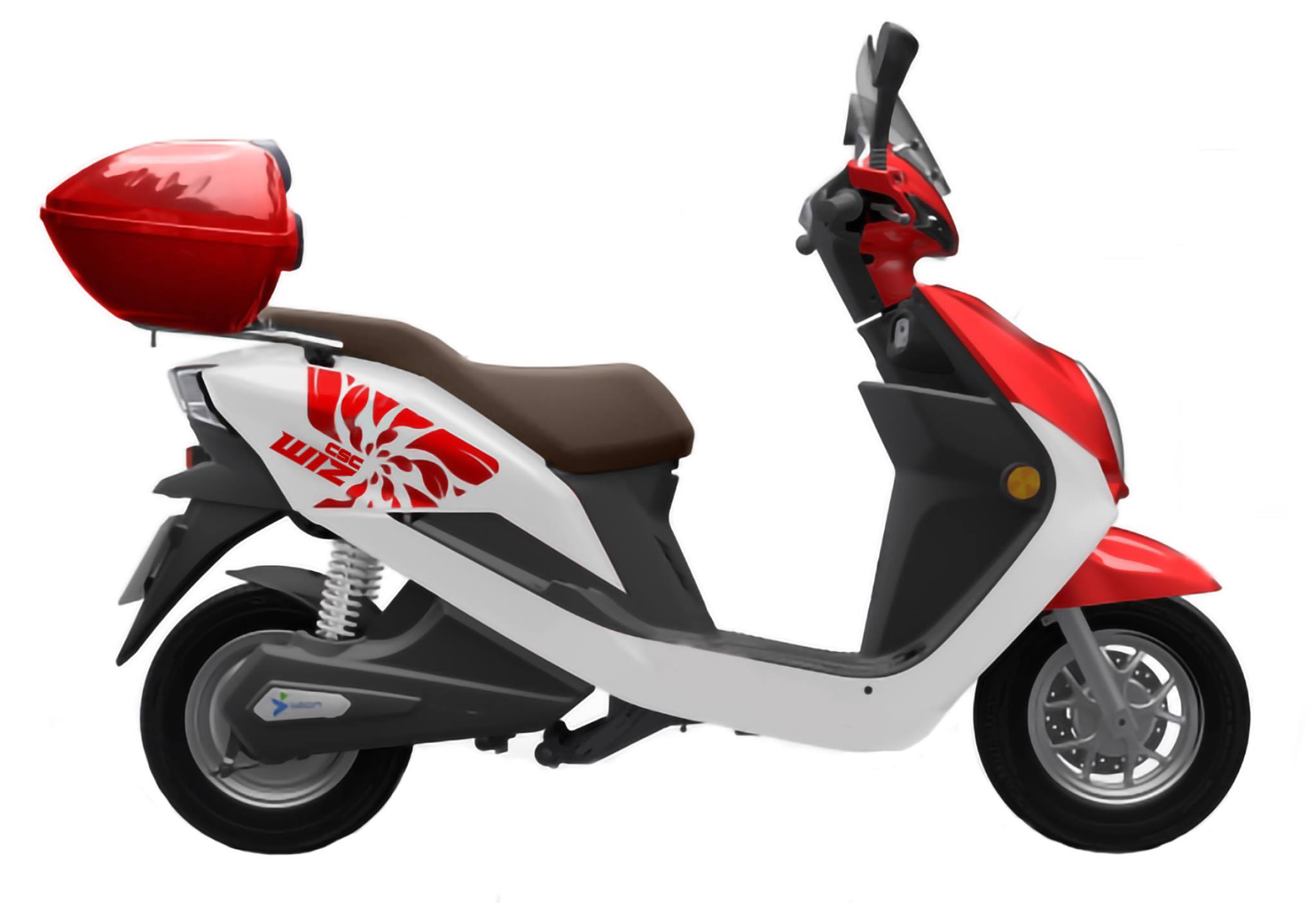 Cool stuff. Stop by their site (
Cool stuff. Stop by their site (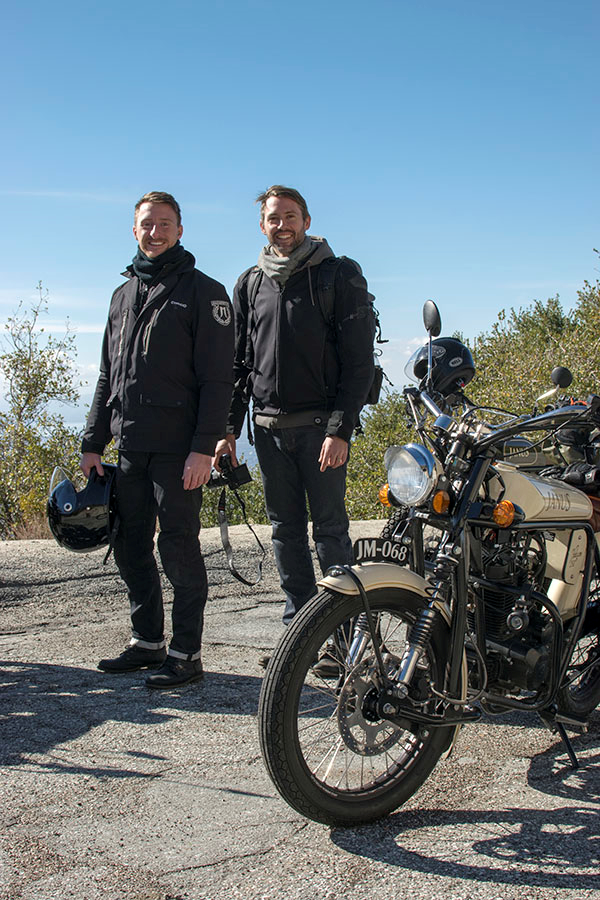
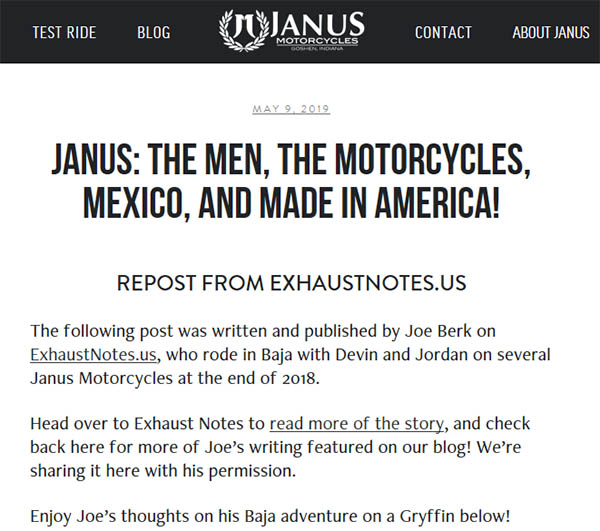
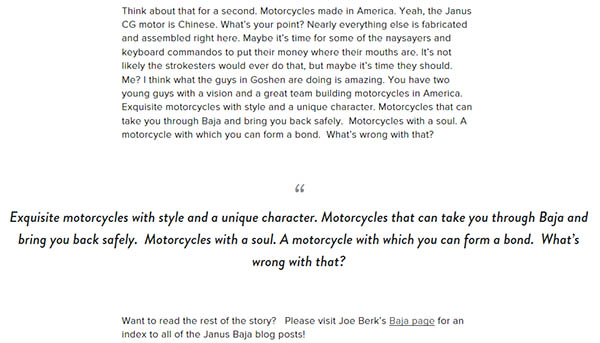
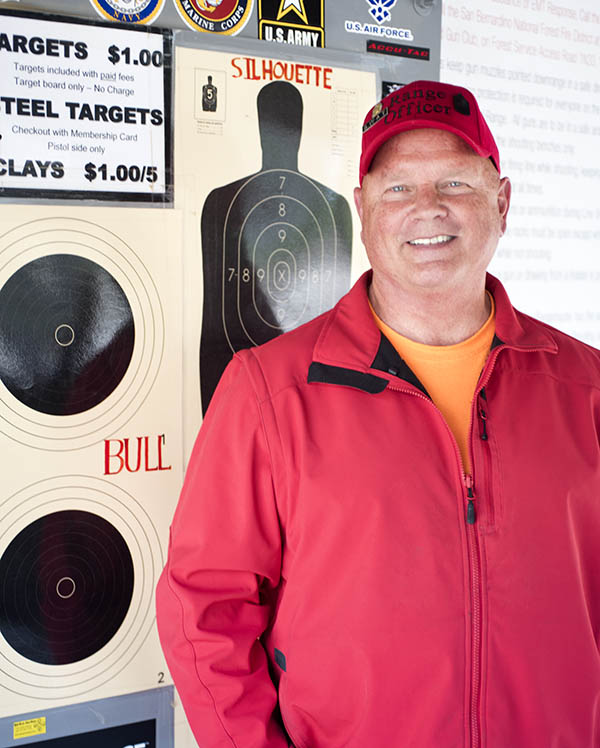
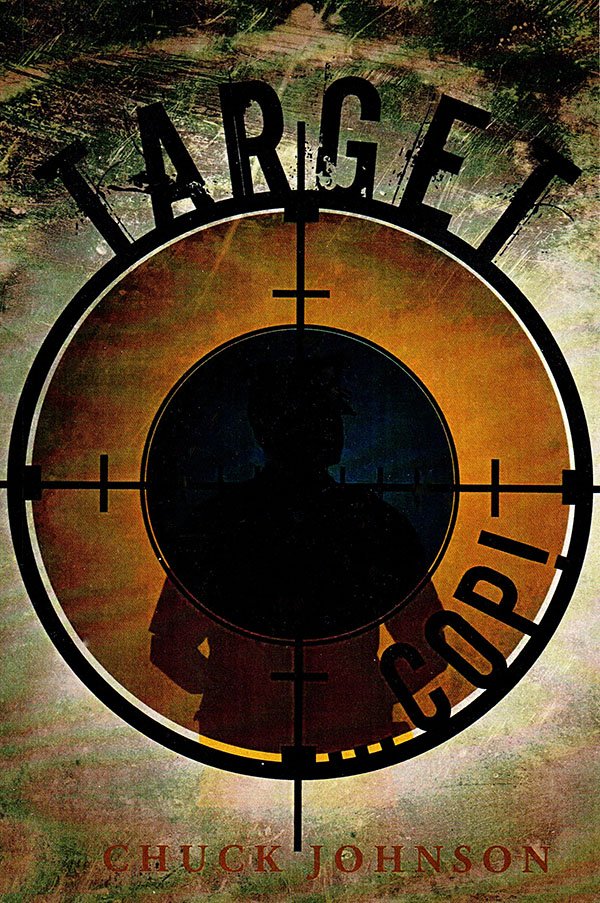
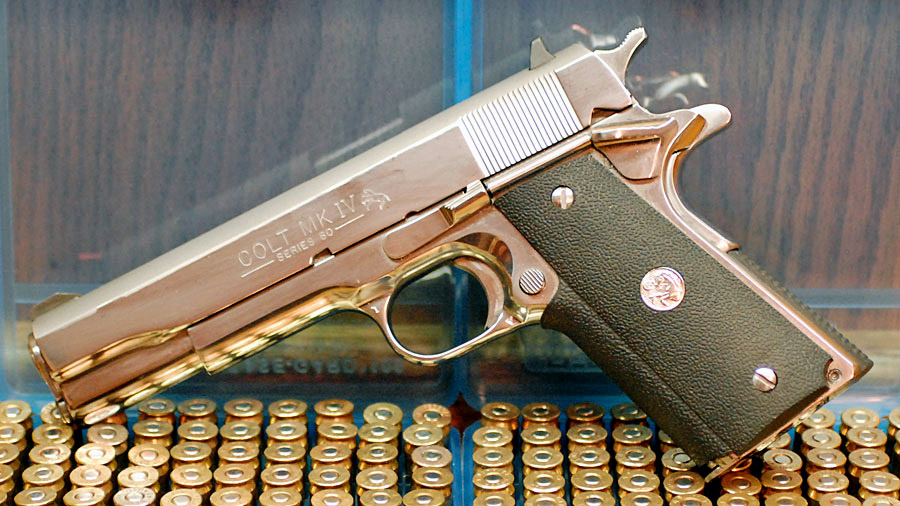
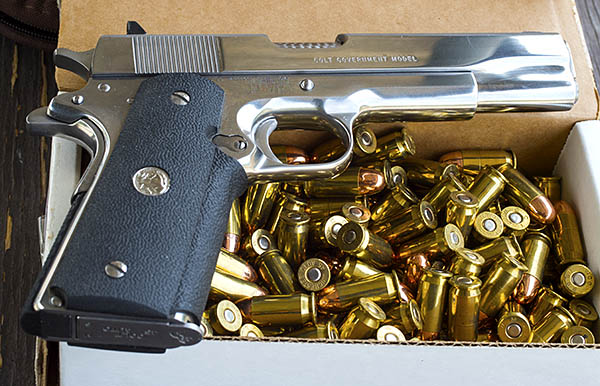
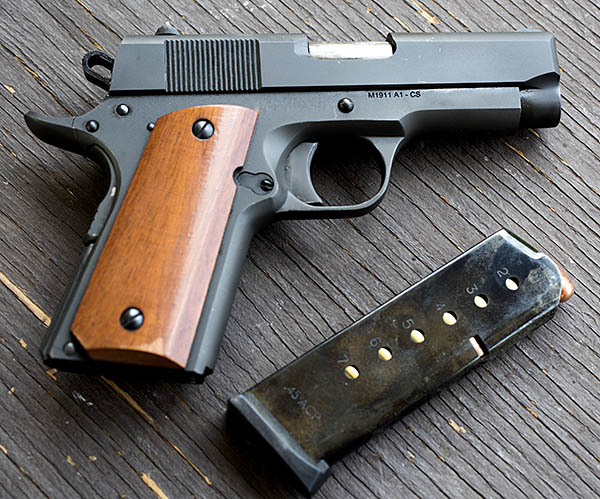
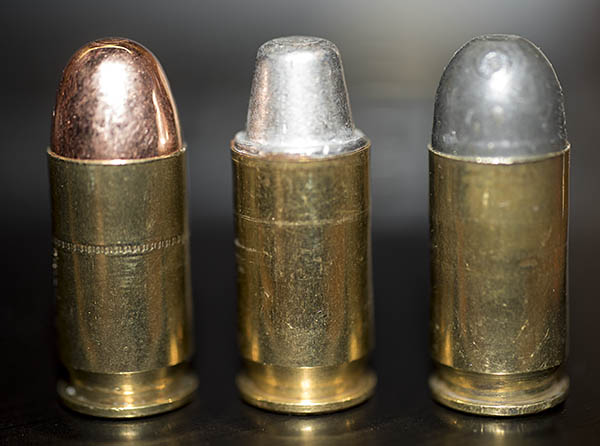
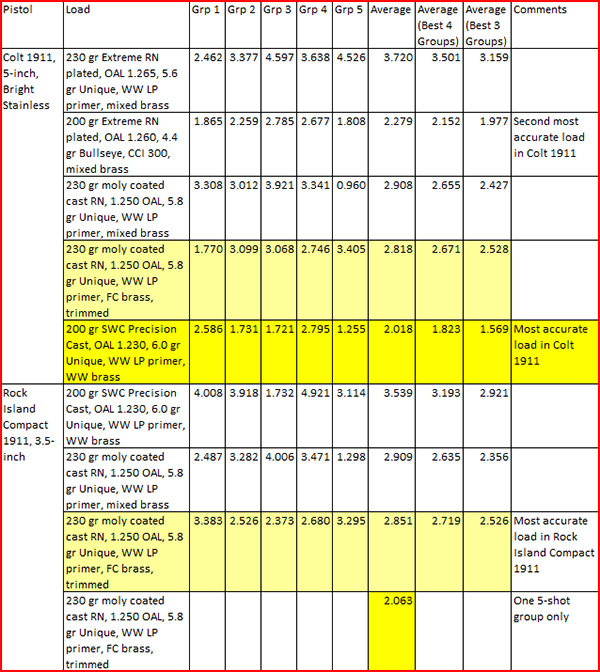 Interesting stuff, to be sure. Most of the variability you see in the above table (and you can see that there’s a lot) was me. A machine rest would have provided for better groups, but you get what you get, and what you get here is me.
Interesting stuff, to be sure. Most of the variability you see in the above table (and you can see that there’s a lot) was me. A machine rest would have provided for better groups, but you get what you get, and what you get here is me.